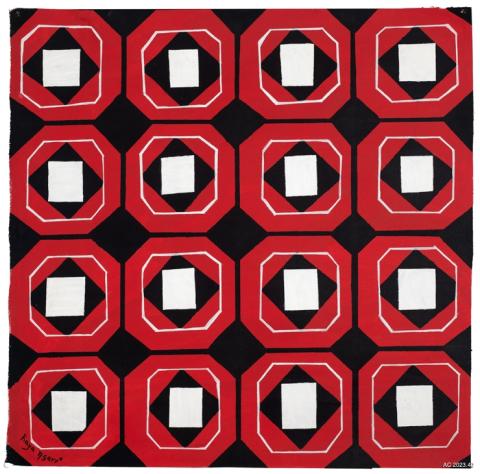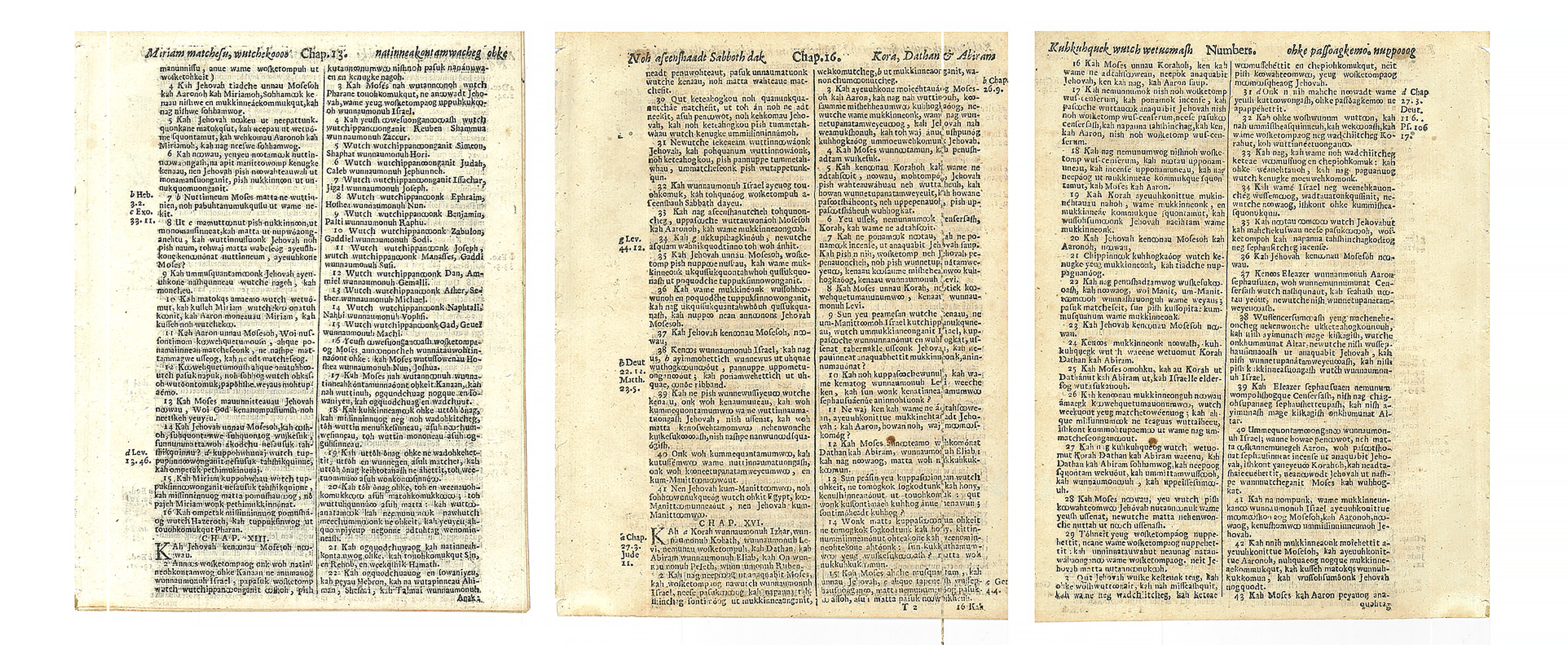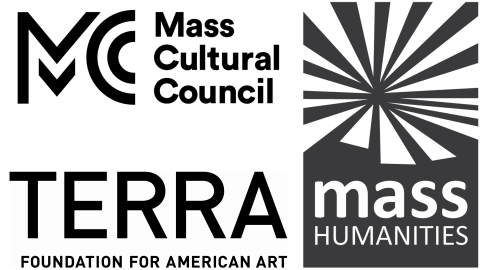February 27–July 7, 2024

Sierra Henries (Chaubunagungamaug Nipmuc, American, born 1987). Pathways, 2023. Freehand pyrography on winter birchbark, scallop shell, braided sinew. Courtesy of the artist.

Sierra Henries (Chaubunagungamaug Nipmuc, American, born 1987). Pathways, 2023. Freehand pyrography on winter birchbark, scallop shell, braided sinew. Courtesy of the artist.
The second iteration of Boundless roots itself in the shared aesthetics, intellectual, and spiritual traditions that connect Indigenous peoples from across the globe. From the Northeast to the California Coast, Brazil to Australia, the vast and resonant presence of Indigenous life is marked by works of art and published histories in languages including the Haudenosaunee, Cherokee, and Diné. While these texts and artworks show shared accounts of colonial survival, they also establish the abundance of their respective cultural traditions across time.

Kaya Agari (Brazilian; Kurâ people, born 1986). Grafismo masculino - Pintura de Kahuli - Gafanhoto, 2021. Acrylic on canvas. The Scott H. Nagle (Class of 1985) Fund for Contemporary Art Acquisitions.
Kaya Agari (Kurâ people, Brazilian)
William Apess (Pequot)
Kohar Avakian (Nipmuc, Black, Armenian)
Justin Beatty (Ojibwe, Garden River First Nation)
Andrea Carlson (Anishinaabe, descendant of the Grand Portage Band)
Jeremy Dennis (Shinnecock)
Demian DinéYazhi' (Diné)
Sierra Henries (Chaubunagungamaug Nipmuc )
Frank Buffalo Hyde (Onondaga)
Elizabeth James-Perry (Aquinnah Wampanoag)
Jonathan James-Perry (Aquinnah Wampanoag)
Roberta D. Joe (Diné)
Courtney M. Leonard (Shinnecock)
George Morrison (Ojibwe)
Theresa Secord (Penobscot)
Gladys Tantaquidgeon (Mohegan)
Naine Terena (Terena people, Brazilian)
Brian D. Tripp (Karuk)
Wawaus/James the Printer (Nipmuc)
Brittney Peauwe Wunnepog Walley (Nipmuc)
The exhibition is researched and organized by writer and guest curator Heid E. Erdrich (Ojibwe).
The broader Boundless project will include an open-access publication through Amherst College Press, K-12 digital curricular resources and materials developed with Genevieve Simermeyer (Osage Nation of Oklahoma) that will be available soon, in addition to other museum programming. A reading room within the exhibition offers guests a chance to explore Native American-authored and illustrated books and zines for all ages.
Boundless was developed in dialogue with an advisory committee that includes members from the Nipmuc, Wampanoag, Shinnecock, and Mohegan, as well as other communities, and with the support of staff from Mead Art Museum, Amherst College Archives & Special Collections, the Five Colleges, and Native students. Special thanks to our Advisory Committee members: Jaime Arsenault, Jacquelyn Cabarrubia ’25, Brandon Castle, Lisa Crossman, Amanda Herman, Mike Kelly, Ellie Kerns ’24, Courtney M. Leonard, Aaron Miller, Elizabeth James-Perry, Emily Potter-Ndiaye, Rachel Beth Sayet, Kimberly Toney, and Kiara Vigil.
Tábūtní, kutâputush, pidamaya, nt'oyaxsn, miigwech, thanks!

Samuel Green, Marmaduke Johnson, and Wawaus/James the Printer (Nipmuc). Fragment of Mamusse Wunneetupanatamwe Up-Biblum God, Cambridge, Mass., 1663. Amherst College Archives and Special Collections, Collection of Native American Literature. Vault BS345.A2 E4 1663.
Boundless and related education initiatives are made possible with financial support from the Terra Foundation for American Art, the Native Arts and Cultures Foundation, Five Colleges/NAIS Mellon, and Mass Humanities' Expand Massachusetts Stories grant program, with support from the Mass Cultural Council.
